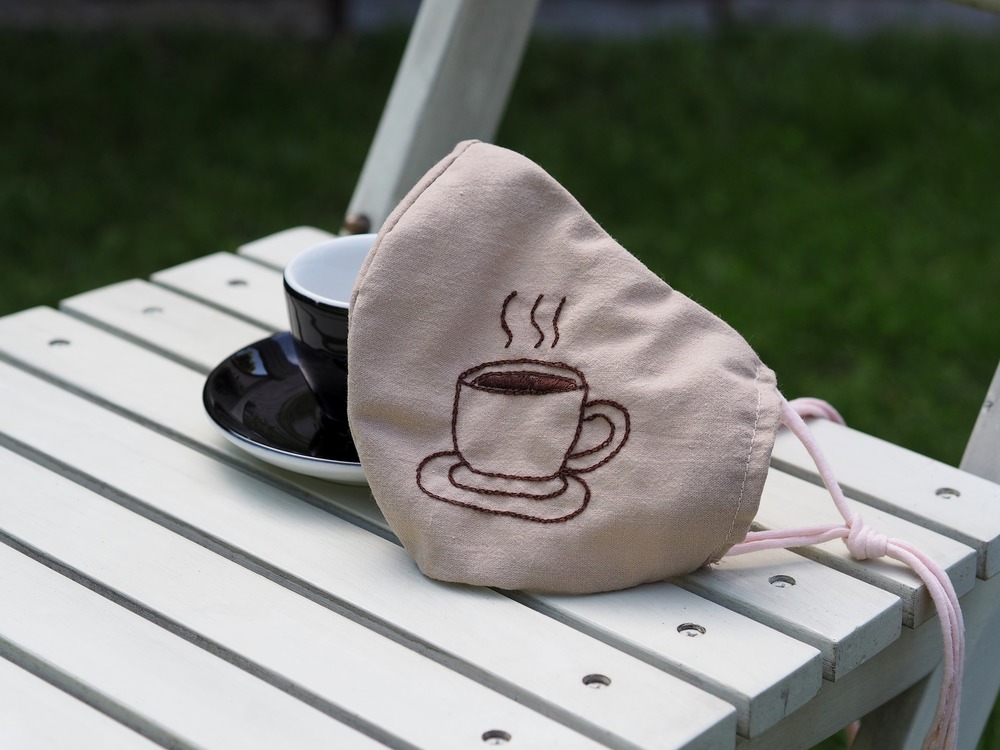Since the start of this month, it’s compulsory for us to wear a mask in crowded public places, lest we get fined RM1,000. In other places where it isn’t compulsory to do so, we are still encouraged to wear one, in the spirit of Kita Jaga Kita. Do read this guideline for a better understanding of this new ruling.
Especially for families who are taking the opportunity now to go Cuti-Cuti Malaysia, if you’re holidaying in crowded places, be sure to mask up properly.
Wearing a mask for a prolonged period of time can be uncomfortable. Thus, choosing a safe and breathable mask for our daily wear is important. Most of us wear disposable masks, but I’m gradually seeing more people wearing reusable cloth masks.
We need to be mindful of using effective masks, otherwise it defeats the purpose and put ourselves at risk.
WHO’s Guidelines To Safe Masks
Our Director General of Health Malaysia, Datuk Dr Noor Hisham Abdullah, constantly advises us to wear our masks and to wear them properly. He also advises us to follow the mask guidelines by the World Health Organization.
For disposable masks, this is WHO’s recommendation:
Medical masks (also known as surgical masks): these are made from a minimum of three layers of synthetic non-woven materials, and configured to have filtration layers sandwiched in the middle. These masks are available in different thicknesses, have various levels of fluid-resistance and two levels of filtration. These medical masks reduce the respiratory droplets from the wearer to others and to the environment. They also prevent transmission of the virus from others to the wearer.
As for cloth or fabric masks, this is the preferred types of fabrics, layers and composition:
- An inner layer of absorbent material such as cotton
- A middle layer of non-woven material such as polypropylene
- An outer layer of non-absorbent material, such as polyester or polyester blend
Source: World Health Organisation
Disposable Surgical Masks Vs. Reusable Cloth Masks
Disposable masks are convenient, as we wear and dispose them after each day. They are also widely available in the market these days. However, in the long-term, it can be an added expense as we need a constant supply for the months (maybe even years) to come. It’s also not an environment-friendly option.
Reusable masks are more cost-saving and environment friendly in the long run. They look a lot nicer, and we can even match them to our outfit of the day. Not to mention matching parent-and-child sets too! The only downside compared to disposables is that we need to care for and wash them daily after use.
If you are using cloth masks, here are the recommended ways to use and care for your masks, as suggested by WHO:
- If your fabric mask is not dirty or wet and you plan to reuse it, put it in a clean plastic, resealable bag. If you need to use it again, hold the mask at the elastic loops when removing it from the bag.
- Wash fabric masks in soap or detergent and preferably hot water (at least 60 degrees Celcius) at least once a day.
- If hot water is not available, wash the mask in soap/detergent and room-temperature water, followed by either boiling the mask for one minute OR; by soaking the mask in 0.1% chlorine for one minute and thoroughly rinsing the mask with room temperature water (there should not be any toxic residue of chlorine on the mask).
- Make sure you have your own mask and do not share it with others.
Using Breathable Masks
Most of us would readily admit that most masks that we wear, disposable or cloth, aren’t very breathable. With disposable masks, there’s nothing much we can do about the breathability. That’s why I prefer to go with cloth masks.
Having said that, not all masks are made equal. I’ve bought three different types of cloth masks because the first two are still a little hard to breathe in. Thankfully, my third attempt to find breathable masks for my family was a charm. They are made from organic cotton fabric with a waterproof middle layer and double cotton gauze on the inner layer. I’m finally a happy mother masking up my children in them.
In my search for such masks, I came across this tutorial to make breathable masks. The mask’s design creates a more breathable space and I believe this would work well. Had I not found mine from a store, this would have been my option, although sewing a straight line is quite a challenge for me!
For mummies who are crafty, you may want to try out this easy-to-breathe design. Remember to incorporate the earlier mentioned guidelines of the fabric materials and necessary layers when making your masks.
A Final Note On Masking Up Properly
At some point, we are tempted to pull our masks down to our chin for various reasons. To take a selfie with our faces showing, to speak with someone, to breathe a little easier, etc. Whatever our reasons for doing so, just bear in mind that it’s safer to completely remove the mask from our face. Take heed of this reminder and explanation as shared by our Health DG on his social media page, as shown in the image below.
Let’s mask up safely and comfortably as we go about our daily lives. Be safe, stylish and happy!
